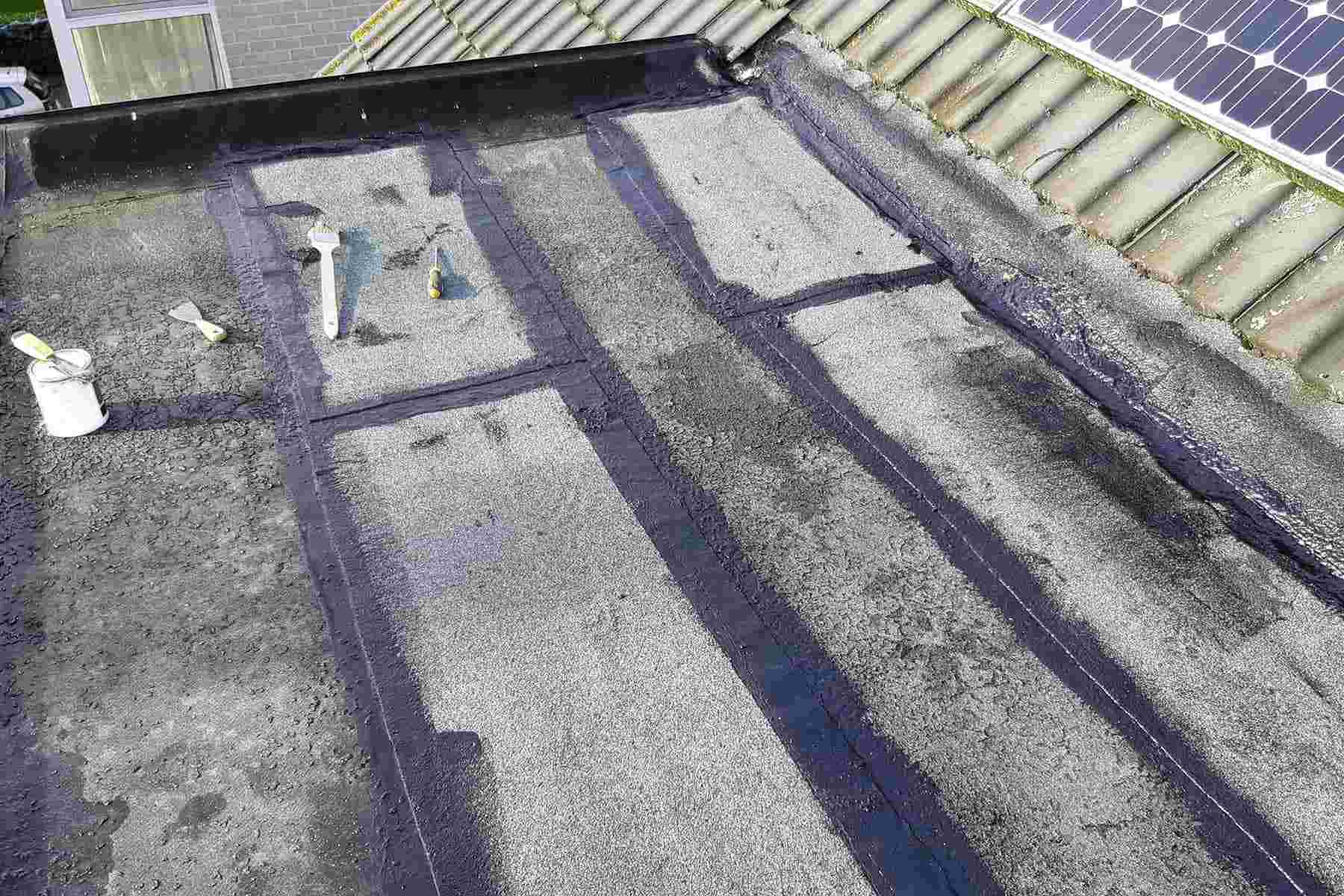Flat roofs may look sleek and modern, but when they spring a leak, they're anything but stylish. Whether it's water pooling in the corners, bubbling in the surface, or mysterious stains on your ceiling, flat roof issues can quickly go from annoying to catastrophic. Knowing how to tackle the repair process confidently (and knowing when to call in the pros) can save you stress, time, and money.
If you're currently dealing with roofing troubles, don't stress. You can find expert Flat Roof Repair services that specialize in identifying and fixing problems before they escalate.
Why Flat Roofs Are Different
Flat roofs aren't truly flat—they have a slight pitch for drainage—but they're far more hazardous to pooling water, UV damage, and expansion and contraction than pitched roofs. This unique design makes repairs a little trickier and highlights the importance of using proper materials and techniques.
1. Spotting the First Signs of Trouble
Flat roof problems often start small. Look out for these early warning signs:
-
Water stains on ceilings or walls
-
Blisters or bubbles on the roof surface
-
Pools of standing water
-
Cracked or brittle roofing material
-
Mold or musty smells in the attic or top floor
Catching these issues early is the key to preventing bigger headaches later.
2. Common Causes of Flat Roof Damage
Understanding what causes flat roof damage helps you stay proactive. Here are the usual suspects:
-
Weather Extremes: Heat, cold, wind, and heavy rain all take their toll.
-
Poor Installation: A flat roof is only as good as the team that installed it.
-
Aging Materials: Even the best materials break down over time.
-
Improper Drainage: Without proper slope or clear gutters, water builds up.
-
Foot Traffic: Walking on the roof can lead to punctures and wear, especially without protective walkways.
3. Tools & Materials You'll Need
Thinking about a DIY repair? Here are some essentials you should have:
-
Utility knife and scissors
-
Roofing adhesive or sealant
-
Roof primer
-
EPDM or modified bitumen patching material
-
Roofing membrane tape
-
Heat gun (for certain materials like TPO or PVC)
-
Safety gear: gloves, goggles, and non-slip shoes
Even with the right gear, always use caution—especially when working on elevated surfaces.
4. Types of Flat Roofs and Their Repair Approaches
Different roof materials require different repair strategies:
-
EPDM (Rubber Roofs): Easy to patch using compatible tape or adhesives.
-
Felt Roofing: Often requires torch-on patching or complete layer replacement.
-
GRP (Fibreglass): Cracks are repaired using resin and glass matting.
-
PVC or TPO: Heat welding or specialty adhesive is typically used.
For all types, a professional inspection can help determine the best solution. Local experts in Flat Roof Repair offer detailed assessments and long-lasting fixes.
5. How to Patch a Small Leak
For minor issues, here's a step-by-step DIY fix:
-
Clean the Area: Remove dirt, debris, and standing water.
-
Cut Away Damaged Membrane: Use a utility knife to remove blistered or cracked material.
-
Apply Primer and Adhesive: Follow the product instructions.
-
Place Patch: Cut your patch larger than the damaged area, and press it firmly in place.
-
Seal the Edges: Use a seam roller and additional adhesive to prevent water infiltration.
Let everything cure fully before walking on or testing the repair.
6. When to Call in the Pros
Some issues just aren't DIY-friendly. Call a professional if:
-
You can't find the source of the leak
-
There's widespread damage or sagging
-
The roof is more than 15 years old
-
You're dealing with multiple leaks
-
Safety is a concern due to altitude or weather
Working with certified contractors not only ensures quality work but often includes for peace of mind.
7. Cost of Flat Roof Repairs
Costs vary depending on damage, size, and materials, but here's a rough guide:
-
Minor patching: £100–£400
-
Moderate repair work: £400–£1,000
-
Coating or overlays: £1,200–£3,000
-
Full replacement: £3,000–£6,000+
Always request a detailed quote and be wary of extremely low prices—they may cut corners.
8. Preventative Maintenance Tips
Flat roofs need regular care to last. Here's how to extend their life:
-
Inspect twice a year—spring and autumn
-
Remove debris and clear gutters
-
Trim overhanging branches
-
Reapply protective coatings every 5–10 years
-
Get small cracks repaired immediately
Simple upkeep can prevent most major repairs down the line.
9. Flat Roof Coating: A Smart Preventative Solution
One of the best ways to protect your flat roof is with a waterproof coating. These are liquid-applied membranes that cover your entire roof, sealing small cracks and adding a UV-resistant layer.
Benefits include:
-
Lower repair costs over time
-
Extended roof span
-
Improved insulation and energy efficiency
-
Quick installation with minimal disruption
If you're considering this route, speak with a flat roof repair specialist who can guide you through the right coating type for your roof.
10. Flat Roof Replacement: When It's Time to Let Go
No roof lasts forever. If you're dealing with chronic leaks, structural concerns, or a roof that's over 20 years old, a full replacement might be smarter (and cheaper in the long run) than constant patchwork.
Modern materials like EPDM, GRP, and TPO offer enhanced durability, energy efficiency, and lower maintenance—making them solid choices for a long-term solution.
Final Thoughts: Handle It Like a Pro, or Hire One
Flat roof issues can be stressful, but they don't have to ruin your week—or your budget. Whether you're patching a small leak or planning a major repair, staying informed and proactive is key.
If you're unsure about what's next, don't go it alone. Work with experienced professionals who specialize in flat roof repair and know how to spot problems others miss. With the right approach, your roof will be watertight, durable, and stress-free for years to come.




